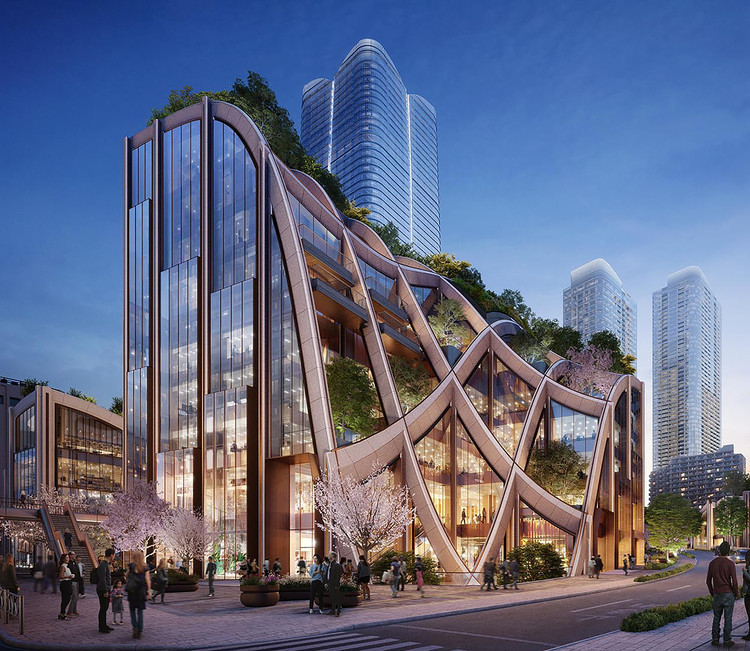
This month, Skidmore, Owings, and Merril's (SOM) $550 million William H. Gray III 30th Street Station broke ground in Philidelphia. Initially proposed in 2016, the scheme involves a new mixed-use urban district with an emphasis on transit for the 30th Street Station Precinct. Boasting a vibrant public realm, the initial phase of the plan focuses extensively on renovating the historic station. Designed in collaboration with Gilbane, Amtrak, Plenary, Vantage, and Johnson Controls, the overarching goal is to position the station for sustained growth over the next five decades and enhance the travel experience for millions of annual visitors.




























































